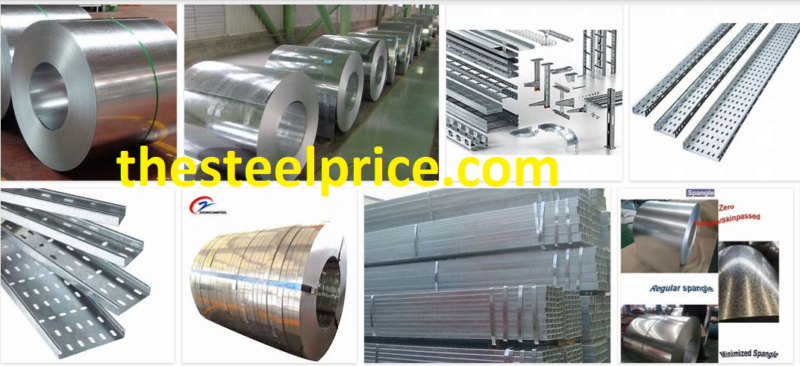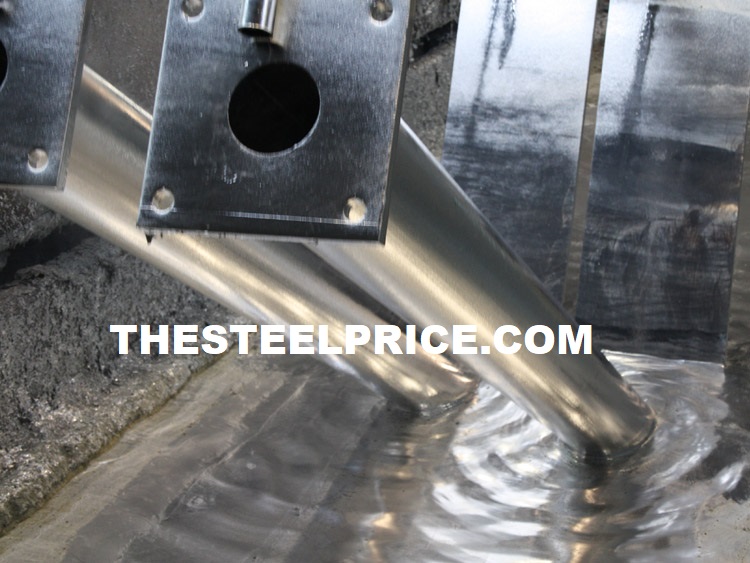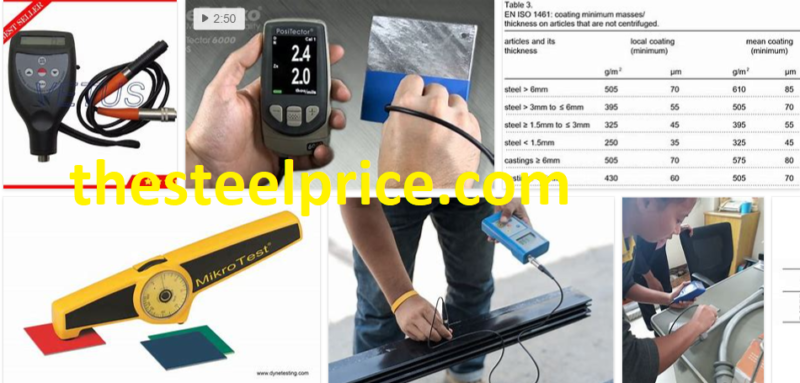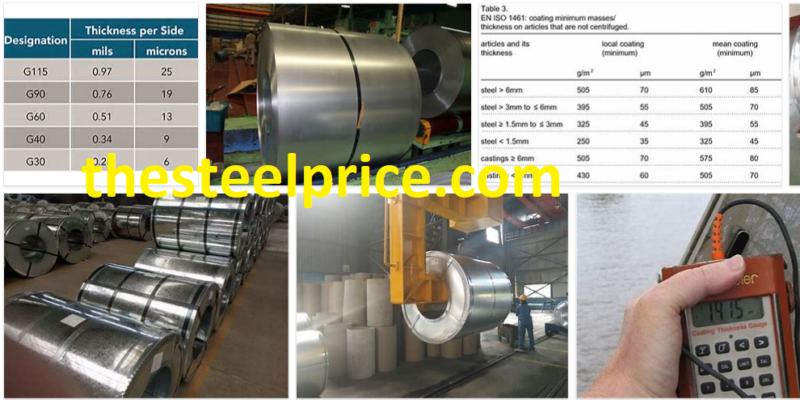How to Measure Galvanized Coating Thickness, Galvanized Coating Thickness
Galvanized coating is applied in order for metals to continue their intended use for the longest time. Hot dip and electrolysis methods are used for this. The method can be selected according to the place where the material will be used. According to the need, aluminum-zinc alloy is coated on steel sheet to produce alusi products.
Galvanized Coating Thickness Calculation
Galvanized coating represents the amount of zinc per square meter. Considering all the standards in the world, it is seen that the cross section values of the material are taken into account in determining the galvanized coating thickness. If you know the width, length and thickness of your plate, you can calculate galvanized weight.
By multiplying the galvanized coating weight by the zinc unit volume, you can find the zinc weight per square meter. Zinc unit weight is 6.9 to 7.0 kg / dm3. When you convert it to kilograms, it will be 6900-7000 kg / m3. For example, if you are going to make a coating worth 40 µ;
• (7000kg / m3) x (40×10-6 meters) = 0.28 kg. “1µ = 10-6 meters.”
• If we want the result in grams, it will make (0.28 kg) x (1000) = 280 grams.
Unit conversions are very important for a correct calculation. When the coating thickness is above the standard, the bonding of the coating to the material decreases. Therefore, spills may be observed in the coating.
Galvanized Sheet Weight Chart
It is made on 650 gr coated sheets. The reason for such high coating is that zinc flows onto the exposed surface after the sheet is cut. By cutting the coating in a short time, it is ensured that all surfaces are covered. This method works very well when producing products such as coil sheet slitting.
Galvanized Coating Thickness Standard
In a material coated with electro galvanized, thickness is 8-12 µ. In hot galvanized coating, the thickness varies according to the size of the steel, but it can be said to be 50 µ on average. Due to the difference, materials coated with electro galvanized are suitable for indoor use, while those coated with hot galvanized are suitable for indoor use.
Coating thickness reference table is given in “TS 914 EN ISO 1461 Hot Dip Galvanized Coatings on Materials Made of Iron and Steel- Properties and Test Methods”.
How Much Does Galvanized Coating Thickness Change Corrosion Life?
Corrosion for metal materials develops depending on atmospheric conditions. Corrosion is observed when metal materials to be used in the outdoor environment are exposed to water and moisture. Since rusting is a rapidly progressing process, it is necessary to take precautions. For this reason, the parts used in the interior and exterior parts of the devices are galvanized.

The service life of galvanized materials varies in direct proportion to their corrosion resistance. Materials that will lose their function in a few years without coating will corrode later, from 15 years to 100 years. There is no other way to do such good protection than galvanized coating. In order to use galvanized sheet for a longer time, it can be painted over. This way is preferred for a decorative appearance in homes.
Factors Affecting Corrosion Resistance in Galvanized Sheets
In galvanized sheets;
Chemical properties of the material to be galvanized,
Atmospheric conditions,
Surface defects,
Surface roughening stage,
Chemical properties of the zinc pool and zinc coating,
• Selection of metals to be used in passivation,
• Factors such as the use of protective oil affect corrosion resistance.
How Is Galvanized Coating Thickness Measured?
Galvanized coating thickness is controlled by quality officers or quality control engineers in the factory. The company that makes the coating and the company that receives the material make two separate measurements. Thickness device is used for measurement. Thickness can also be determined using a digital micrometer. If the measurement result does not have a standard thickness or is incorrect, the products can be sent for recoating. The results obtained are documented and sent to the company where the material will be sent by e-mail.



